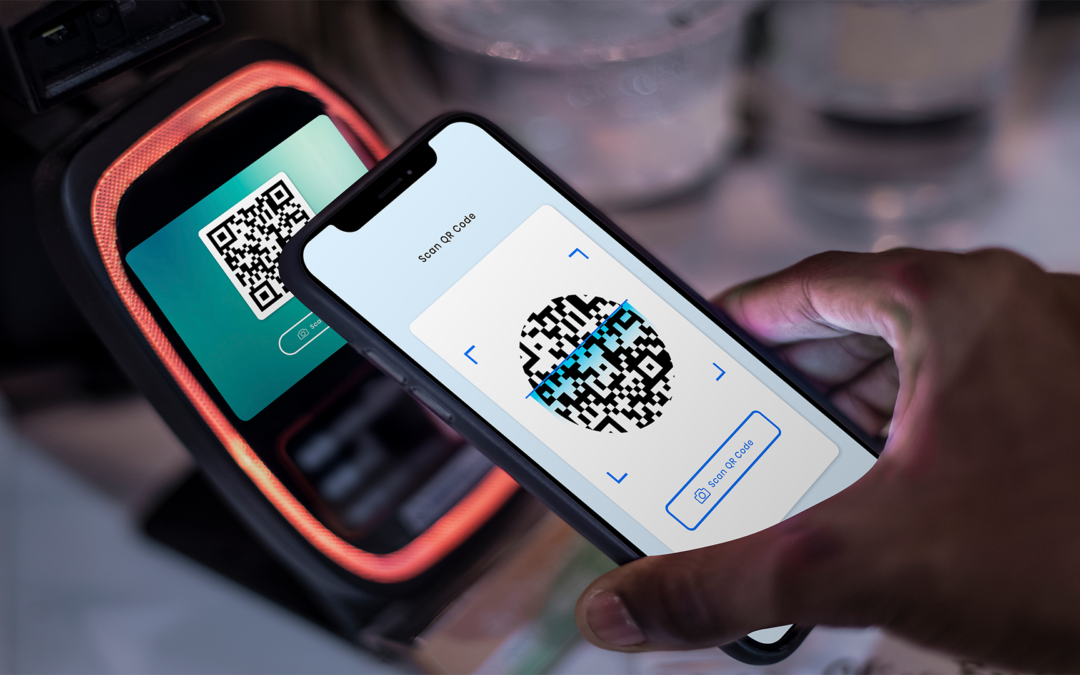UPI (Unified Payments Interface) is a digital payment platform in India that enables instant money transfers between bank accounts. To use UPI, you need a UPI ID and a UPI PIN. This blog will discuss what a UPI PIN is, how to create and reset it, the importance of a UPI Pin, and how does it differ from MPin?
What is UPI PIN?
UPI PIN is a four or six-digit secret code to authenticate UPI transactions. The UPI PIN is used to protect your UPI ID from unauthorized access and to ensure that only you can authorize transactions from your account.
Read about the advantages and disadvantages of UPI PIN in jarofknowledge.com
How to Create a UPI PIN?
Creating a UPI PIN is easy and can be done in a few steps:
- Download a UPI-enabled app like BHIM, Google Pay, or PhonePe
- Link your bank account with the app
- Go to the UPI PIN section in the app
- Enter your bank account details, including your registered mobile number
- You will receive an OTP (One-Time Password) on your registered mobile number
- Enter the OTP and set your UPI PIN
It is important to note that the UPI PIN should be confidential and not shared with anyone.
How to Reset a UPI PIN?
If you forget your UPI PIN, you can easily reset it by following these steps:
- Open the UPI app
- Go to the UPI PIN section
- Select the option to reset UPI PIN
- Enter your bank account details, including your registered mobile number
- You will receive an OTP on your registered mobile number
- Enter the OTP and set a new UPI PIN
The importance of a UPI Pin
The importance of a UPI PIN lies in its role as a safeguard for the user’s bank account and personal information. The UPI PIN is used to authenticate UPI transactions, ensuring that only the user can authorize transactions from their account. This means that even if someone else has access to your UPI ID, they cannot authorize transactions without the UPI PIN.
UPI transactions are highly secure, but the UPI PIN provides an additional layer of security that makes it even more difficult for unauthorized individuals to access your bank account and make transactions. In the event of any unauthorized access to your UPI ID, the UPI PIN acts as a barrier that makes it more difficult for the unauthorized user to carry out transactions.
Moreover, the UPI PIN is a user-created code, which means that the user is in complete control of their UPI transactions. This gives the user peace of mind knowing that their personal and financial information is protected.
How does UPI Pin differ from MPin?
UPI PIN (Unified Payments Interface Personal Identification Number) and MPIN (Mobile Personal Identification Number) are both types of personal identification numbers used for digital financial transactions in India. However, they serve different purposes and are used in different contexts.
UPI PIN is used to authenticate UPI transactions. It allows users to transfer money instantly between bank accounts using a mobile app. The UPI PIN is required to authorize transactions. It ensures that only the user can carry out transactions from their bank account.
On the other hand, MPIN is used for mobile banking transactions. Such as checking account balances, viewing transaction history, and making payments through a mobile banking app. MPIN acts as a password to secure the user’s mobile banking transactions. MPIN also ensures that only the user can access their banking information and carry out transactions.
In short, UPI PIN is used for UPI transactions, while MPIN is used for mobile banking transactions. Both serve as personal identification numbers to ensure the security and protection of the user’s financial information and transactions.
Conclusion
The UPI PIN is an essential component of the UPI system. It plays a crucial role in ensuring the safety and security of UPI transactions. By creating a strong and unique UPI PIN, users can ensure that their bank account and personal information are protected from unauthorized access.

